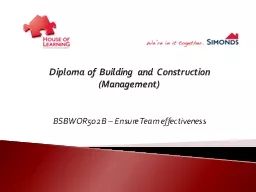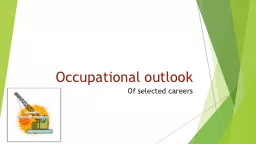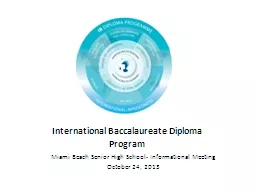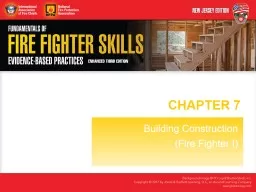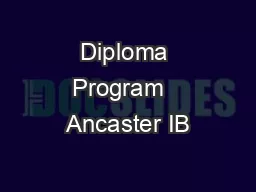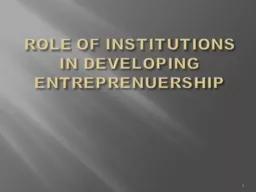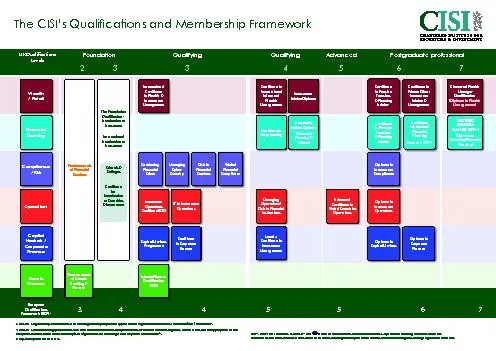PPT-Diploma of Building and Construction (Management
Author : lois-ondreau | Published Date : 2016-05-23
BSBWOR502B Ensure Team effectiveness Establish Team performance plan Develop and facilitate team cohesion Facilitate team work Liaise with Stakeholders At the
Presentation Embed Code
Download Presentation
Download Presentation The PPT/PDF document "Diploma of Building and Construction (Ma..." is the property of its rightful owner. Permission is granted to download and print the materials on this website for personal, non-commercial use only, and to display it on your personal computer provided you do not modify the materials and that you retain all copyright notices contained in the materials. By downloading content from our website, you accept the terms of this agreement.
Diploma of Building and Construction (Management: Transcript
Download Rules Of Document
"Diploma of Building and Construction (Management"The content belongs to its owner. You may download and print it for personal use, without modification, and keep all copyright notices. By downloading, you agree to these terms.
Related Documents

